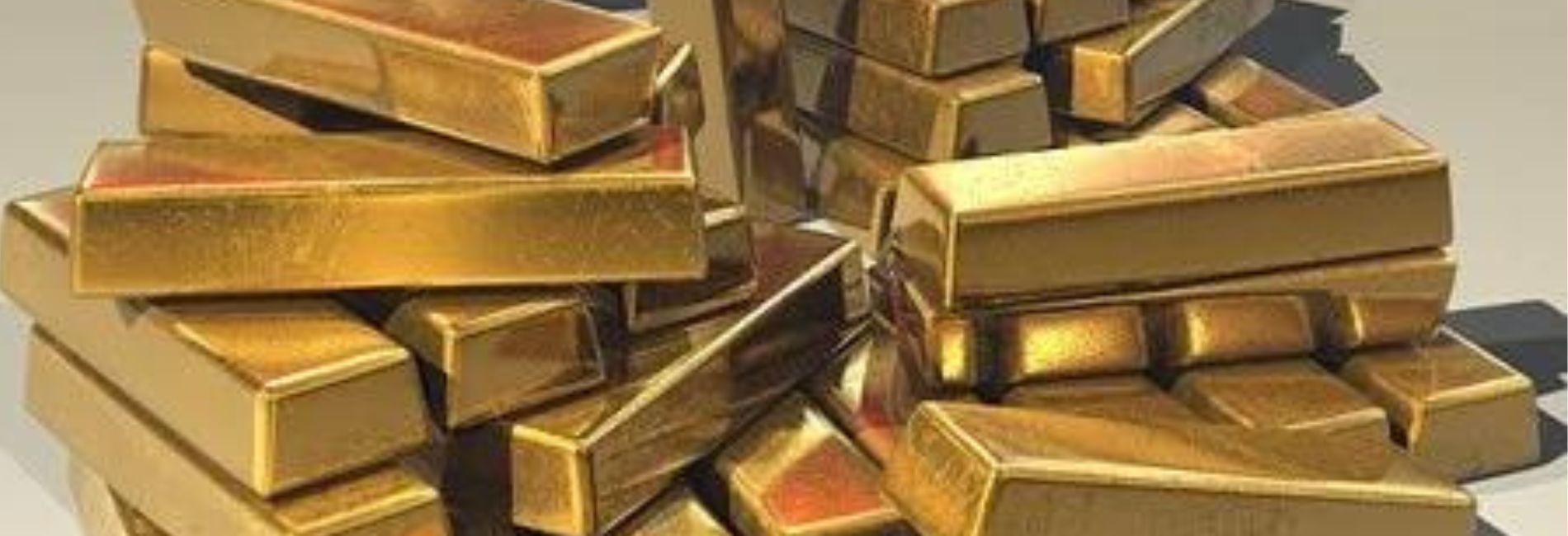Pressure on interest rates is acting in different directions in the US and Europe, with the next move likely to be higher in the former and lower still in the European Union. Lower interest rates help the price of gold, which has been buoyed by this week's decision of the Federal Open Market Committee (FOMC) to keep its benchmark interest rate in a target range of 1.50-1.75%.
In a statement following its two-day meeting, FOMC announced, "the committee judges that the current stance of monetary policy is appropriate to support sustained expansion of economic activity, strong labour market conditions, and inflation near the committee's symmetric 2% objective".
An analysis of the committee member's individual projections indicates that, on balance, there will be no interest-rate hike in 2020. The central bank has reduced its benchmark rate three times this year, which has been one of the factors in a strengthening gold price by reducing the cost of holding the metal and restraining the dollar's exchange rate.
There are very different pressures in Europe. However, following her first monetary policy meeting as chair of the European Central Bank's governing council, Christine Lagarde announced today that interest rates in the European Union will not be reduced, at least not yet. Indeed, analysts do not expect a reduction until the second half of next year despite a continued fall in industrial production across the Eurozone. Nevertheless, the ECB's headline borrowing rate is already at zero (an all-time low), and interest rates for banks who make deposits in the central bank's vaults are negative (to encourage them to lend to the real economy).
Gold is currently trading at just over US$1,478/oz, 15% above the US$1,285/oz at which it started 2019. The metal's performance this year can be divided into three parts; two lacklustre periods (the first and last five months of 2019) sandwiching a two-month period (June and July) when the price appreciated sharply.
The precious metal has calmed down recently, having traded in a US$1,450-1,550/oz band since the start of August, after rising from under US$1,300/oz at the end of May.
Gold might only be the third most valuable mined commodity (after coal and iron ore) but it dominates the industry's exploration effort, and also the expenditure on mergers and acquisitions (M&A). For the three months to end-September, S&P Global Market Intelligence (SPGMI) reported that the precious metal accounted for two-thirds of the announced drilling results, and over 80% of the US$1.7 billion of M&A activity.
'Is the recent spate of gold M&A mania good for the mining industry' was the title of a session at the recent Mines and Money conference in London (MML). The precious metal also featured strongly in the conference's keynote address by Rick Rule, the president of Sprott US Holdings.
Rule described himself as "nervous" for industrial metals because the global economic recovery was "long in the tooth" (having lasted nine years). He was, however, very optimistic for the gold-mining sector, saying the precious metal had the "wind at its back". Rule is particularly enthusiastic for the gold explorers, especially those applying 'technical exploration' methods, which he described as "prospect generators".
Rule told delegates that "hope and liquidity" will return to the exploration sector, and he expected to see "new trends" in exploration and "eye popping" multiples for Tier 1 properties. Rule believes that "slowly, and in fits and starts, the exploration cycle is returning".
The MML session on gold's M&A 'mania' was discussed in the 'Attracting funds back' blog on November 26. The panel discussed whether the huge recent gold deals (Barrick-Randgold and Newmont-Goldcorp) signalled the start of a trend for the rest of the industry. Peter Marrone, the chairman of Yamana Gold, argued that it was "too soon to say", but described the deals as "fit for purpose".
As noted in the previous blog, Karim-Michel Nasr (the CEO of La Mancha) and Mark Burridge (the managing partner of Baker Steel Capital) commented that buyers must be convinced that they can improve the asset being acquired, and that it fits with their own assets.
BMO Capital Markets' Pascal Lussier Duquette said that there was at least more discipline in transactions than in the past. The reduced "exuberance" has resulted in fewer overpayments, which has been a significant problem in the past.










